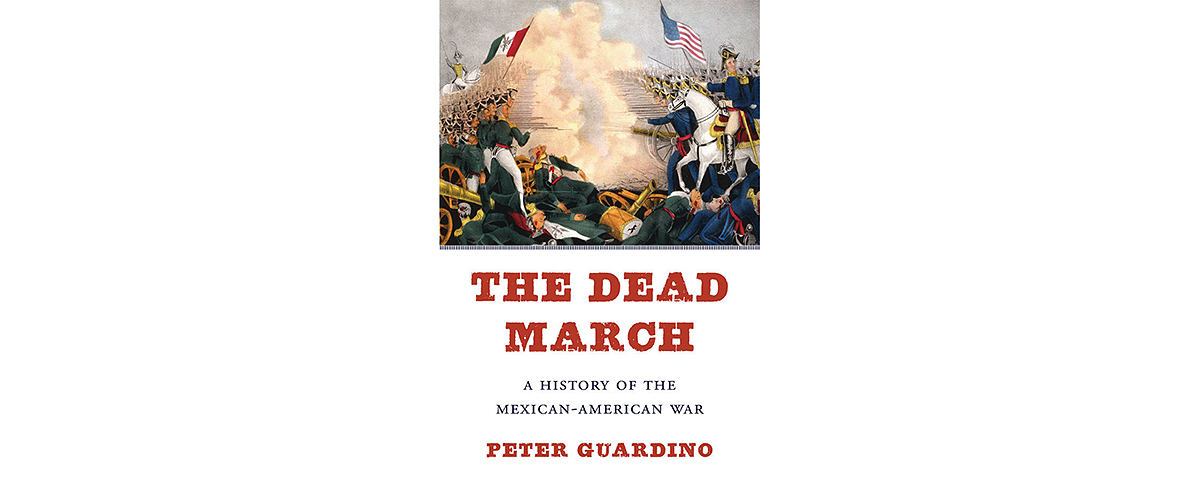The Dead March: A History of the Mexican-American War, by Peter Guardino, Harvard University Press, Boston, 2017, $39.95
If recent decades of scholarship have fostered a better understanding of the Mexican War, it remains uncertain whether to call that good. There’s risk in moving away from Halls of Montezuma–style triumphalism toward an unavoidable sense of economic determinism, yet Guardino’s strong account places many aspects of the conflict in fresh or novel relief without blanching the color out of this curious conflict.
Of course, larger, more powerful states usually prevail in wars with smaller rivals. As the author demonstrates, however, that doesn’t always hold true for armies battling one another. Guardino considers the Battle of Buena Vista, in which Mexican General Antonio López de Santa Anna’s 3-to-1 numerical superiority over U.S. General Zachary Taylor’s force proved of little use when Santa Anna was compelled to quit on the second day because his army was literally starving. For the author the more remarkable fact about the conflict is that Mexico—a country whose population largely lived barely at subsistence level—was able to continue the war as long as it did.
If earlier histories of the conflict tended to stress Mexican disunity, this one dedicates substantial and convincing attention to the accompanying boost the conflict provided the Mexican national consciousness. For one, while fissures of class and regionalism remained substantial, support for the war effort represented a unifying force across the disparate nation. Regardless of the contempt in which Mexican elites held their countrymen, the perception and reality of American notions of Mexican racial inferiority proved substantial binding national glue. And while President James K. Polk and his generals made efforts to avoid inflaming anti-Catholicism, many soldiers had no such scruples, thus the church proved another strong Mexican rallying force in the face of seeming Protestant invasion.
Guardino’s occasional attentions to gender, race and religion seem more modish than informative. That said, the balance of his narrative is generally strong, rendering a portrait of each society while capturing the overall action and cataloging individual acts of skill or heroism on either side. Santa Anna’s martial skills prolonged the war. But it was Winfield Scott’s own strategic brilliance, and not abstract material superiority, that prevailed.
—Anthony Paletta





